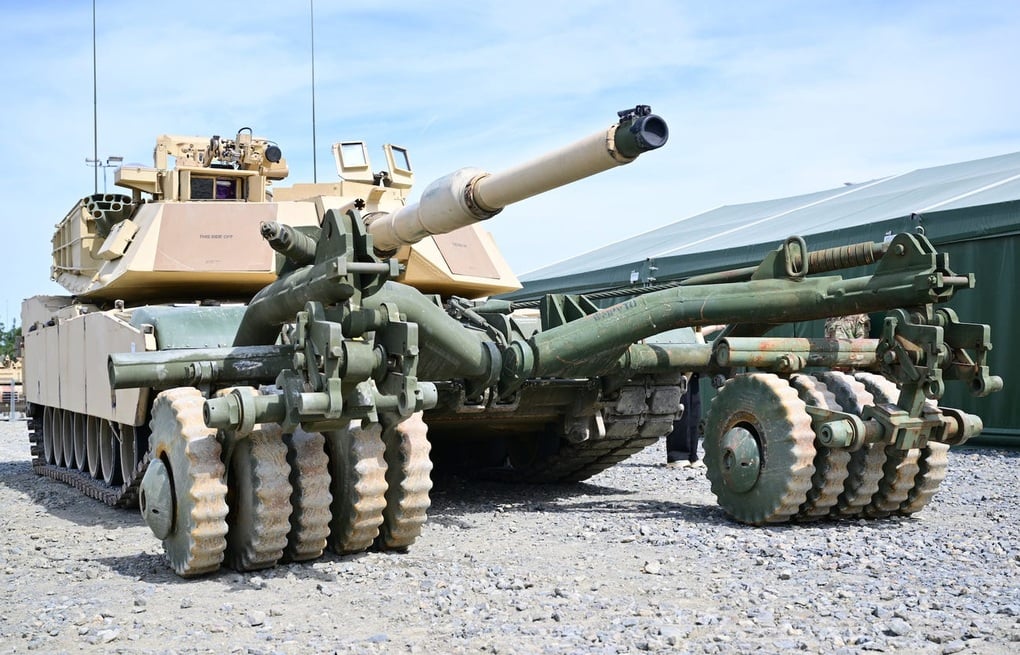
An M1 Abrams tank with a mine-clearing roller (Illustration: BI).
Since September, the US has begun sending Abrams main battle tanks to Ukraine. So far, the US has completed sending 31 tanks as previously committed, but information from the battlefield shows that they have not been used in combat.
Experts told Business Insider that current conditions do not appear to allow Ukraine to effectively use these weapons, due to bad weather and Russia's formidable defenses.
They say the Abrams likely won't see the front lines until next spring.
"Until conditions on the front line stabilize, Ukraine will keep the Abrams in reserve," said Mark Cancian, senior adviser at the Center for Strategic and International Studies (USA).
He predicted that Ukraine would likely combine the Abrams with the US-made M2 Bradley infantry fighting vehicle, which has been delivered to Ukraine and has also seen action on the front lines.
However, due to winter conditions, it will be less effective to bring Bradley and Abrams vehicle groups to the battlefield and difficult to support logistically.
In winter, Ukraine experiences mud, rain, frost and snow, which makes driving very difficult.
Observers say harsh weather conditions prevented both sides from making any major breakthroughs last winter.
Mr Cancian said Ukrainian forces would “wait for the right moment”, possibly in the spring, when a new offensive could be launched.
Kateryna Stepanenko, a Russia expert at the Institute for the Study of War (USA), said there is no sign that Abrams has participated in combat so far.
She also made a similar assessment to Mr. Cancian that the muddy conditions would prevent the use of heavy weapons.
Sergej Sumlenny, founder of the European Recovery Initiative Center in Germany, said the US missed the right moment by sending Abrams tanks to Ukraine too late.
He said Washington's delay in sending advanced tanks to Ukraine had given the Russian military enough time to build solid defenses.
He said Russia's thousands of kilometers of trenches, "dragon teeth" concrete obstacles and minefields meant Western tanks had little chance of shining on the battlefield.
Mr. Sulenny cited July attacks by the 47th Mechanized Brigade in the Zaporizhia region, where the Ukrainian army suffered heavy losses of Bradley armored vehicles against Russian defenders.
According to Oryx, an open-source military research group, at that time, 34 of the 100 Bradley tanks provided by the US were destroyed.
“That was the only case where the Ukrainians used Western tanks in a frontal attack,” Mr. Sulenny said. “They don’t seem willing to try it again.”
Now, with Russia's defense lines stretching more than 1,000 kilometers, he said the 31 Abrams tanks provided by the US were too few to play a "decisive" role in the war.
"There are only three cars per 100km on average," he estimated, saying the number was too small and unreasonable.
Source










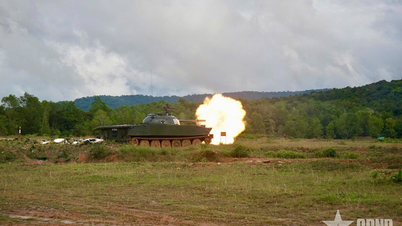


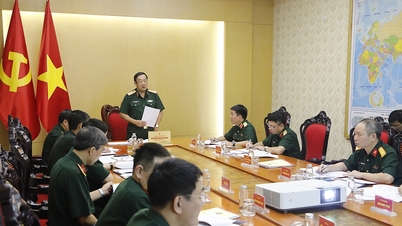






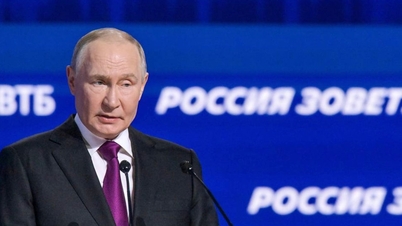


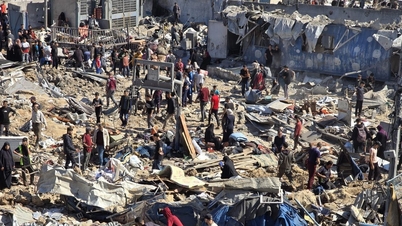
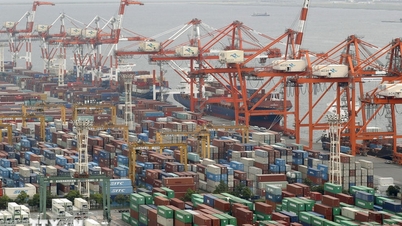











![[Photo] Parade to celebrate the 50th anniversary of Laos' National Day](/_next/image?url=https%3A%2F%2Fvphoto.vietnam.vn%2Fthumb%2F1200x675%2Fvietnam%2Fresource%2FIMAGE%2F2025%2F12%2F02%2F1764691918289_ndo_br_0-jpg.webp&w=3840&q=75)
![[Photo] Worshiping the Tuyet Son statue - a nearly 400-year-old treasure at Keo Pagoda](/_next/image?url=https%3A%2F%2Fvphoto.vietnam.vn%2Fthumb%2F1200x675%2Fvietnam%2Fresource%2FIMAGE%2F2025%2F12%2F02%2F1764679323086_ndo_br_tempimageomw0hi-4884-jpg.webp&w=3840&q=75)

















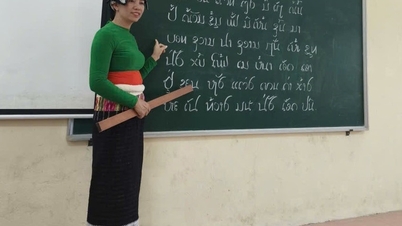
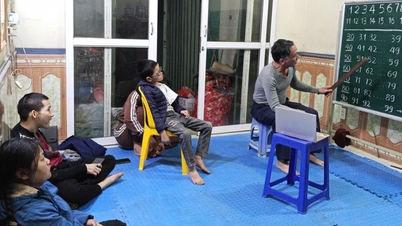




























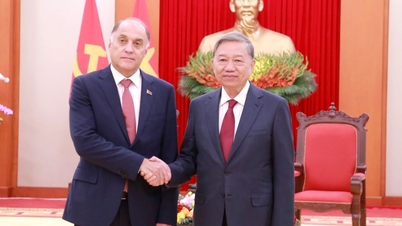



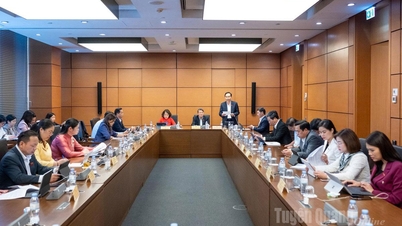



















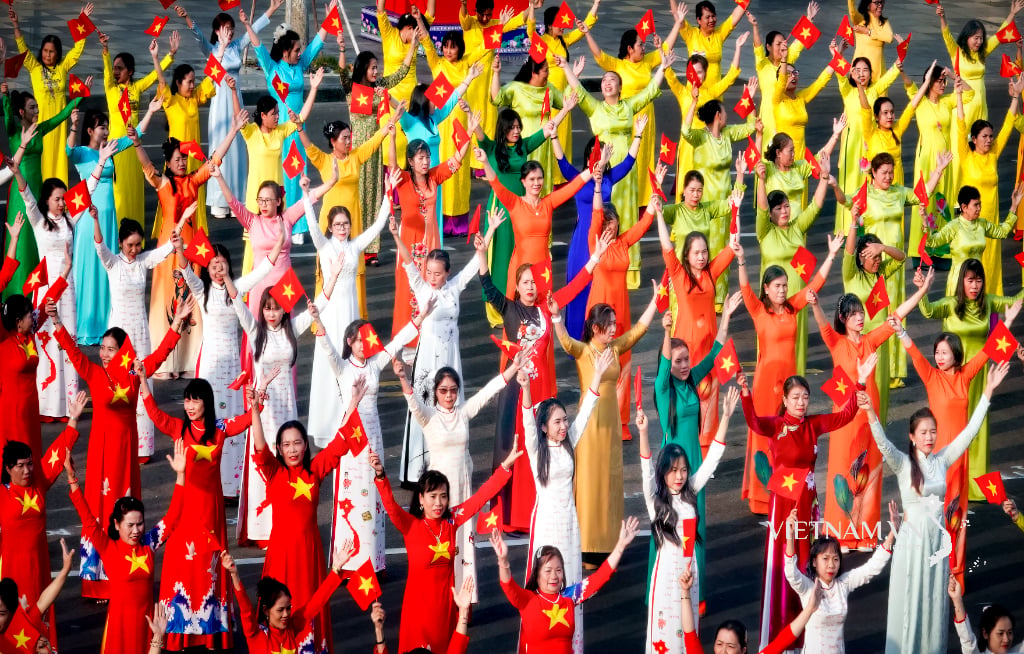
Comment (0)